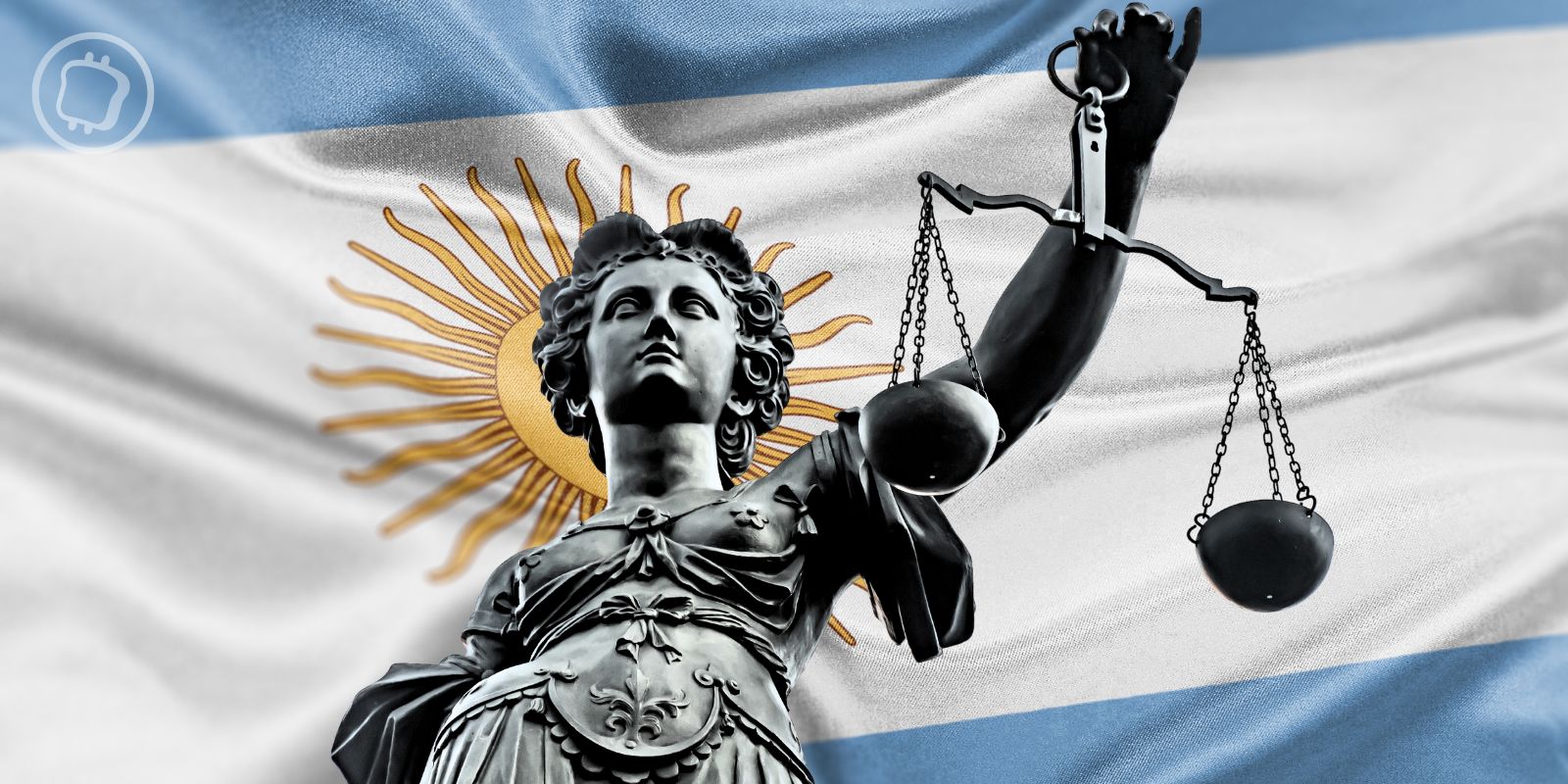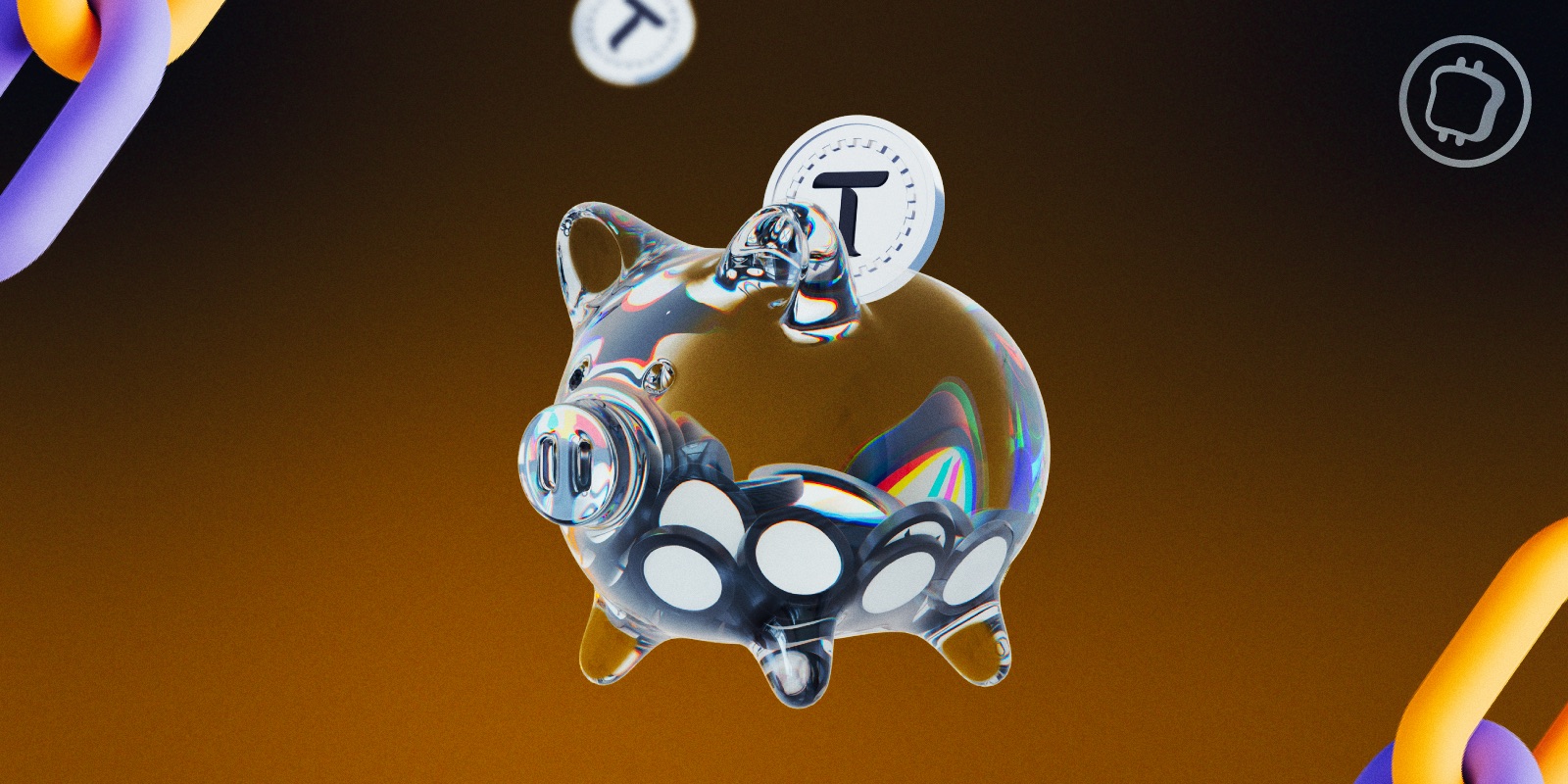Diamonds are a number of the world’s most valued gem stones, and the worldwide diamond industry has managed to stay afloat regardless of being partially eclipsed by the emergence of recent shares and novel digital belongings.
The diamond industry, nonetheless, seems to be present process a paradigm shift in current occasions — incorporating trendy expertise resembling blockchain to enhance diamond manufacturing, monitoring and supreme gross sales.
Leanne Kemp, CEO of unbiased expertise firm EverLedger, careworn the necessity for blockchain integration within the industry to enhance the monitoring of a stone’s provenance.
Talking on the problem of knowledge manipulation regarding a diamond’s provenance 4 years in the past, Kemp famous that “we see doc tampering the place one stone has been claimed throughout comparable timelines with a number of insurers.”
Whereas it has but to immediately present an answer to all of the considerations of the diamond industry, blockchain is getting used to unravel a couple of of them by facilitating transparency that helps monitor the provenance of diamonds. That is primarily geared toward suppressing the gross sales of “battle diamonds.” Diamond mining company De Beers Group has identified the potential of blockchain within the industry for elevated accuracy, belief and transparency with regard to figuring out a diamond’s origin.
The diamond industry maintains its distinction
Regardless of being impacted by the Nice Recession of 2008, which noticed the final inventory market stoop by an unprecedented margin, the diamond industry has managed to take care of its prominence however a noticeable drop in world manufacturing of tough diamonds.
The concept of integrating blockchain into the industry — which was solely launched lately — is prone to reawaken mainstream curiosity and additional enhance world manufacturing.
The years resulting in 2008 noticed a gentle enhance in tough diamond manufacturing. Based on information from German database firm Statista, from 2005 to 2008, world manufacturing of tough diamonds by no means went beneath 160 million carats.
Following the financial decline of 2008, nonetheless, the typical manufacturing within the final decade has averaged 142 million carats with 116 million carats produced in 2021. The 12 months 2017 noticed the most important turnover within the decade, with 152 million carats of diamonds produced.
About 99% of the worldwide diamond mining course of is carried out in 9 nations with Russia, Botswana, The Democratic Republic of Congo, Australia and Canada respectively thought of the highest 5 nations concerned. Diamond mining is nearly monopolized, with firms resembling ALROSA and De Beers controlling a big portion of the industry.
Moral considerations in regards to the diamond industry abound
There are a couple of explanation why buyers don’t appear to be flocking to the 68-billion-dollar enterprise that’s the diamond industry, particularly in current occasions.
Profitable as it’s, moral considerations relating to the spine of the diamond industry are prevalent. This has scared away potential buyers, particularly in occasions like these when investor conduct is more and more affected by customers’ ethical and moral positions.
Based on Johannes Schweifer, CEO of Crypto Valley’s CoreLedger, safety and transparency challenges, in addition to moral considerations plague the diamond industry. Since over a decade in the past, there have been claims of a hyperlink between diamond mining and regional hostilities, as observed in some elements of Africa. Schweifer instructed Cointelegraph:
“The largest drawback within the diamond industry has at all times been transparency. Most gem stones aren’t in a position to inform their origin tales. However, what if the stone in your marriage ceremony ring is definitely a blood diamond, would not you wish to know that? Understanding the origin and guaranteeing transparency from the ‘mine to the finger’ can’t solely provide help to sleep higher, however it could actually additionally save lives.”
Battle diamonds, in any other case referred to as blood diamonds, are diamonds mined in territories managed by rebels opposing a legit authorities and subsequently used to fund these insurgent actions.
Some situations of the unethical utilization of blood diamonds had been evident within the Nineteen Nineties in nations such because the Democratic Republic of Congo, Angola and Sierra Leone. Proof proved that these diamonds had been mined and used to buy arms and ammunition for army and paramilitary actions.
Apart from the sale of diamonds to gasoline battle, quite a few studies of unscrupulous labor ways used to take advantage of employees in mining websites have surfaced. Baby labor additionally seems to be prevalent within the majority of those areas.
Moreover, the diamond industry has come underneath hearth for the patent monopoly that exists relating to the management of mining processes, distribution and sale of diamonds. This has fueled considerations of an present cartel that dictates the stream of the industry.
As well as, the industry seems to be swarmed with issues such because the environmental considerations of mining, hazardous working ambiance and insecurity, to call a couple of.
Current: How blockchain archives can change how we report historical past in wartime
The place conventional strategies finish, blockchain begins
In gentle of the issue of blood diamonds, world mining big De Beers introduced the pilot of its blockchain program Tracr, which is able to be sure that the corporate doesn’t deal with blood diamonds, notably in distribution and gross sales. This announcement was made in January of 2018.
Nonetheless, De Beers wouldn’t be the primary to make plans to trace diamonds to be able to resolve the problem of battle in diamond distribution.
Nearly 20 years in the past in 2003, the United Nations established the Kimberley Course of Certificates Scheme with the purpose of inhibiting the stream of blood diamonds into the worldwide diamond market. This resolution was reached following the Fowler Report of 2000 which confirmed that blood diamonds had been nonetheless being utilized in battle funding by the Nationwide Union for the Complete Independence of Angola.
Nonetheless, the Kimberley Course of has been condemned by organizations such because the Canada-based nongovernmental group IMPACT, and International Witness, an NGO headquartered in London which appears to forestall pure useful resource exploitation and human rights abuses, amongst different issues. They alleged inefficiency.
Chatting with BBC in 2011, International Witness founding director Charmian Gooch famous that “almost 9 years after the Kimberley Course of was launched, the unhappy reality is that almost all customers nonetheless can’t be positive the place their diamonds come from.”
Gooch famous that the initiative has failed three separate checks particularly in addressing distinctive considerations in Ivory Coast, Venezuela and Zimbabwe as her NGO left the method.
Moreover, IMPACT cited a failure to offer correct studies of the origins of diamonds and a “false confidence” given to customers as causes for its criticism of the Kimberley Course of. Joanne Lebert, govt director at IMPACT, famous this because the NGO pulled out of the initiative in January of 2018.
IMPACT pulled out of the method a couple of days after the announcement of De Beers’ Tracr. Tracr was piloted in early Could 2018 with preliminary plans to launch later in the identical 12 months and a imaginative and prescient to make the platform accessible to the worldwide diamond market.
Within the pilot, De Beers introduced that it was in a position to efficiently monitor 100 diamonds of excessive worth as they handed by way of the standard journey from their birthplace, the mine and to the last word retailer.
“Blockchain expertise and tokenization can present a option to fractionalize possession — as an alternative of going full-risk on a single stone, one can unfold the chance throughout many buyers. Even the evaluation and analysis course of may even be outsourced or shared. From an funding perspective, tokenization is an effective way to open up diamonds to the typical particular person,” Schweifer added.
Tracr makes use of an figuring out tag that De Beers dubbed International Diamond ID, specific to every diamond, which identifies the diamond’s particular person attributes resembling readability, colour and carat weight. The distinctive data peculiar to a specific diamond as famous by its ID is then logged on a public ledger which Tracr makes use of to observe the diamond’s progress alongside the distribution chain.
Tracr was formally launched earlier in Could with De Beers noting that the initiative is already built-in into its enterprise module globally. A couple of quarter of De Beers’ manufacturing by worth has already been logged on Tracr of their first three Sights of 2022. A Sight is a time period for a sale occasion with a respective lot of diamonds that are put up on the market.
De Beers additionally identified a number of the key advantages of the blockchain used which contain immutability, safety, information safety, privateness, transparency and pace. Based on De Beers, the blockchain is predicted to have the ability to “register a million diamonds per week onto the platform.”
Blockchain will increase transparency for each social gathering concerned
De Beers isn’t the one firm engaged on blockchain tracing options for the provenance of diamonds. IBM unveiled the TrustChain Initiative in April 2018 in collaboration with an affiliation of bijou firms.
The TrustChain Initiative was created with the purpose of accelerating transparency for customers by monitoring the origins of bijou utilizing the IBM blockchain platform.
On January 12, 2021, diamond market Uncommon Carat partnered with EverLedger to offer more transparency on the origins of diamonds on its platform through the use of EverLedger’s blockchain.
Current: Rising world adoption positions crypto completely to be used in retail
The worldwide diamond industry is top-tier regardless of its a number of challenges and bleak previous. Like finance and a number of different sectors, blockchain has confirmed to be helpful in enhancing the diamond industry, particularly in addressing points with regard to the origins of diamonds.
The right ledger to make use of in tracing the provenance of bijou ought to be immutable and transparent, therefore a public ledger and not using a central level of management ought to be employed. In any other case, the entire thought of transparent analysis is lifeless on arrival as was allegedly famous within the Kimberley Course of.
“On the subject of transparency, the most important beneficiaries of blockchain are customers and authorities. In the end, this can maintain the industry to a better customary and hopefully enhance the working circumstances of miners as nicely. In a enterprise as murky and harmful as diamonds, this will really be seen as a profit,” Schweifer mentioned.
He added that diamonds are high-value-density belongings, so “it’s virtually inconceivable for the typical particular person to personal a big, investment-grade stone.” Even for these that may afford them, diamonds are a difficult funding, as loads of expertise is required to keep away from being cheated or dropping cash.







